Whether you’re purchasing your first sewing machine or trading up to one with more bells and whistles, it’s helpful to understand the basic features so you can make an educated choice.
Power Switch
Some machines have a power switch to turn the machine off and on, and this
switch may be separate from the one controlling the machine light. If children frequent the sewing area, a power switch is a safety option. If the machine doesn’t have a power switch, consider plugging it into a safety strip with a master switch.
Light
Good task lighting is essential to successful sewing. A machine may have one or more
light locations, but be sure one is welldirected at the presser foot and needle
area. Some lights operate independent of the machine power.
Stitches
Machines have varying number of stitches, from the straight stitch, which is essential
for ordinary seaming, to hundreds of decorative stitches. Evaluate your sewing
needs and match them to the stitch selection. Good basics include straight, zigzag, blindhem, mending and buttonhole stitches and the ability to stitch in reverse
for anchoring seams. Note the machine’s maximum stitch length and width capabilities. If you plan to sew on knits, look for stretch stitches and/or overcast stitches with built-in flexibility. For creative potential, many machines offer a myriad of decorative stitches.
Keep in mind that more stitches doesn’t necessarily mean a better or higher quality
machine, and if you don’t envision a use for them, perhaps you can get by with fewer
stitches and trade up later if needed.
Display Screen
Computerized machines feature an LCD or LED display screen showcasing stitch
options and adjustments. Check for clarity and a comfortable size you can see clearly .
Tension Adjustment
Upper and lower thread tensions need to be balanced to produce a good stitch. Some machines have numbered external dials for adjusting upper tension, others have computerized adjustment capabilities. The bobbin thread tension is adjustable with a screw on the bobbin casing.
Presser Feet
Check to see how many presser feet come with the machine . A multipurpose foot allows
you to stitch straight and zigzag stitches for basic sewing, but you’ll also need a zipper
foot, buttonhole foot and a blindhem foot if the machine has a hemming stitch.
Beyond these basics, the world is your oyster for specialty presser feet. Common accessory feet include a Teflon foot for sticky fabrics, decorative stitch feet, narrow hemming feet and hundreds more, depending on the machine model.
Keep in mind that there are brand-specific feet and generic feet and both could be usable on your machine. The first is available only from a dealer, and the second from notion companies or the fabric store.
Many machines allow you to adjust the pressure on the presser foot to accommodate thick or thin fabrics. Some also allow extra lifting space to insert thick fabrics or position a free-motion
Whether you’re purchasing your first sewing machine or trading up to one with more bells
and whistles, it’s helpful to understand the basic features so you can make an educated
choice. embroidery hoop under the foot.
Thread Delivery
Sewing machines may have one or more vertical and/or horizontal spool pins to hold thread. Novelty and metallic threads often require alternate positioning to feed properly without tangling, slipping or binding. If a sewing machine has more than one spool pin, it usually
indicates that you can use a double or triple needle for decorative work. Check your manual.
Bobbins
Every machine needs a bobbin to form stitches. Some allow you to wind the bobbin while sewing, others do not. Most machines offer a sensor to stop winding the bobbin when it’s full, and some also have a built-in sensor to alert you when the bobbin is running low on
thread while stitching.
Needle Position
Computerized and electronic machine models allow for multiple needle position adjustment. This is important if you want to move your stitching line to the left or right while keeping the fabric on the full width of the feed dog for even feeding and stitch length.
Feed Dogs
Feed dogs, the “teeth” under the presser foot that move the fabric, can be lowered on many machines for freemotion stitching, bartacking, darning and other novelty uses. If lowering isn’t possible, a cover plate should be provided.
Buttonholes
Buttonhole making is essential for garment construction and many machines offer several types of buttonhole stitches, depending on the fabric choice. At minimum, look for a buttonhole suitable for woven fabrics and another option for knits, and check if sizing
is determined and maintained by the machine or manually.
Nice-to-Have Options
A built-in needle threader is helpful if vision and dexterity are a concern, or if you plan to stitch regularly with novelty threads.
A needle stop, allowing you to automatically select whether the needle stops up or down, is helpful for quilting and topstitching.
If you plan to do work that regularly requires you to use both hands, consider a model with a knee-lift for the presser foot. A knee-lift allows you to raise or lower the presser foot with your knee, keeping your hands free to maneuver the fabric.
A hard machine cover is good if you plan to transport your machine to classes, or if you don’t have a permanent location for your sewing area and must move or store it frequently.
Tools
Some basic tools and accessories should come with a machine—screw driver (to help change the needle) and a small brush (to get rid of lint) are basics. Other helpful supplies are oil, if the machine requires lubrication, and assorted needles. Machines also often come with caps
or nets to help control slippery threads.
The Fine Points
Be sure to understand the warranty and service needs of a new sewing machine.What exactly is covered and for how long? Does the warranty include parts and labor, or only manufacturing defects? Is an optional extended warranty available and, if so, what is the cost
and what does it cover? When the machine needs to be repaired or serviced, is it done at the dealer, or does it need to be shipped out somewhere?What is the usual turnaround time and can you obtain a loaner machine in the interim?
Instruction
A manual should come with the machine, but many now come with videos or DVDs to show you how to use all the features. You can also check on free or low-cost instructional classes on the machine’s use.
Once you understand the basic features of a sewing machine, be sure to stitch on all models and brands you’re considering purchasing.When “test driving” a machine you are interested in, take a wide variety of fabric samples and threads with you to the store. Test these fabrics and threads using a variety of the stitches on each machine before you make a decision.
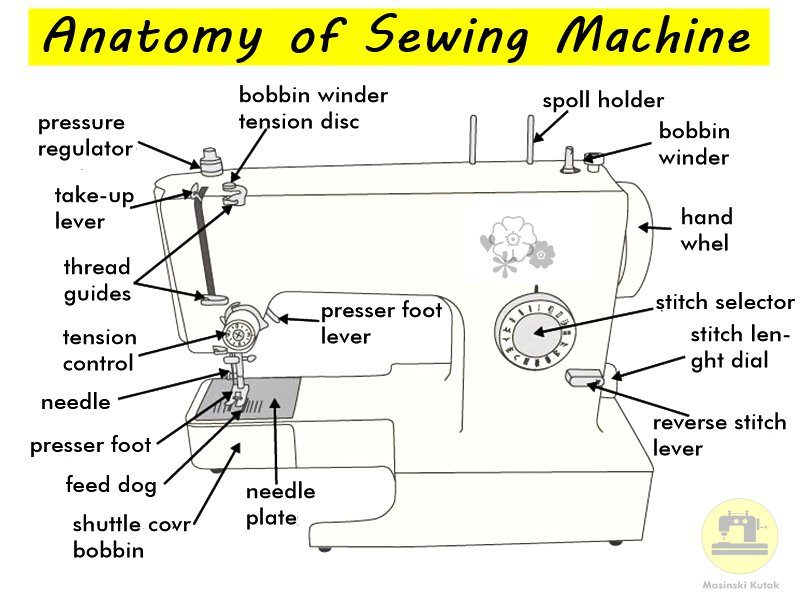
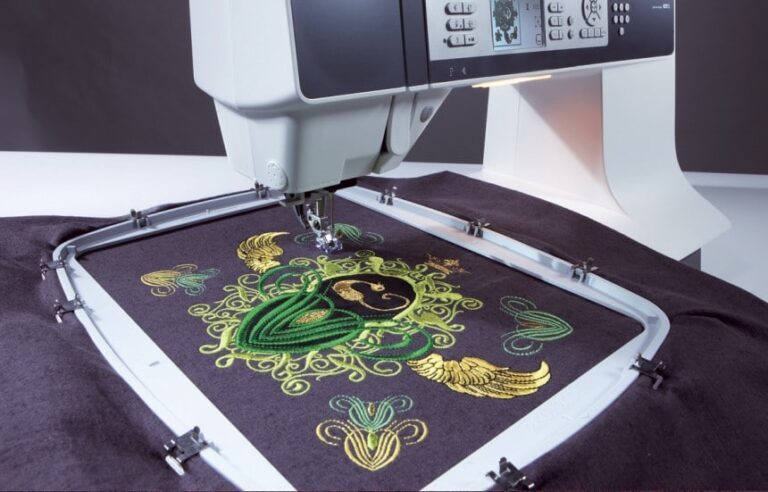

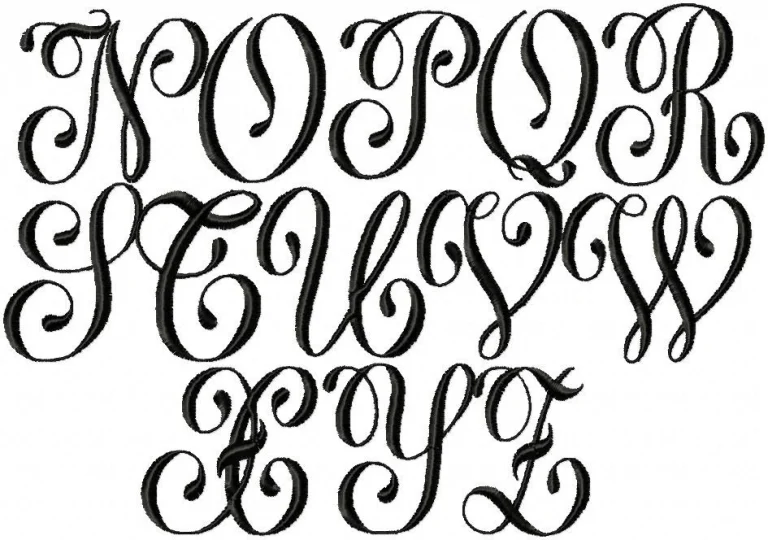
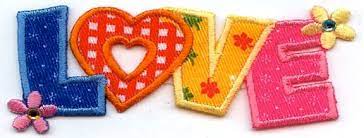
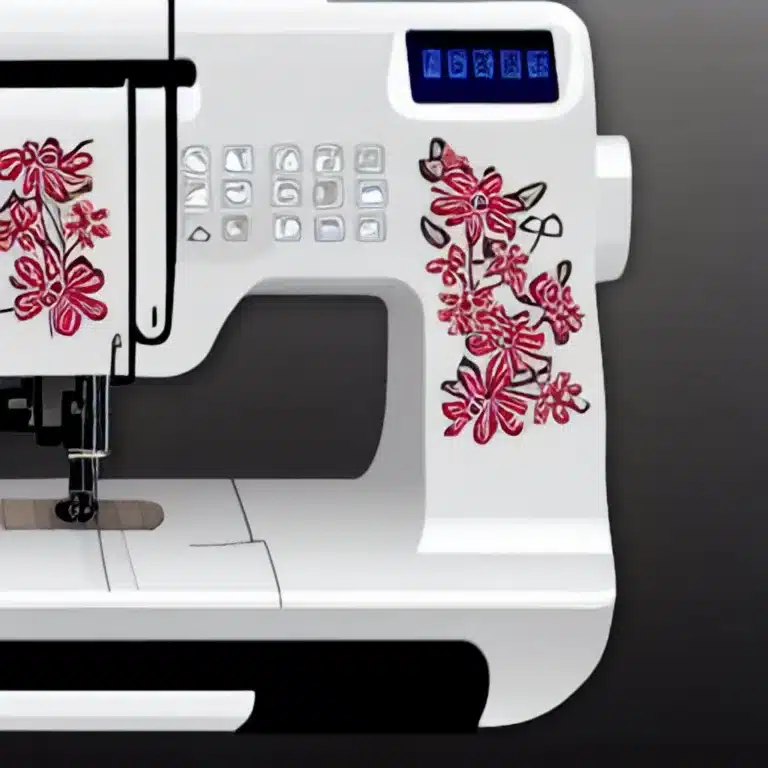

Hi there, I enjoy reading through your post. I like to write a little comment
to support you.
Hi, all the time i used to check weblog posts here early in the break
of day, since i love to gain knowledge of more and more.
magnificent issues altogether, you just gained a new reader.
What would you suggest about your put up that you made some days ago?
Any positive?